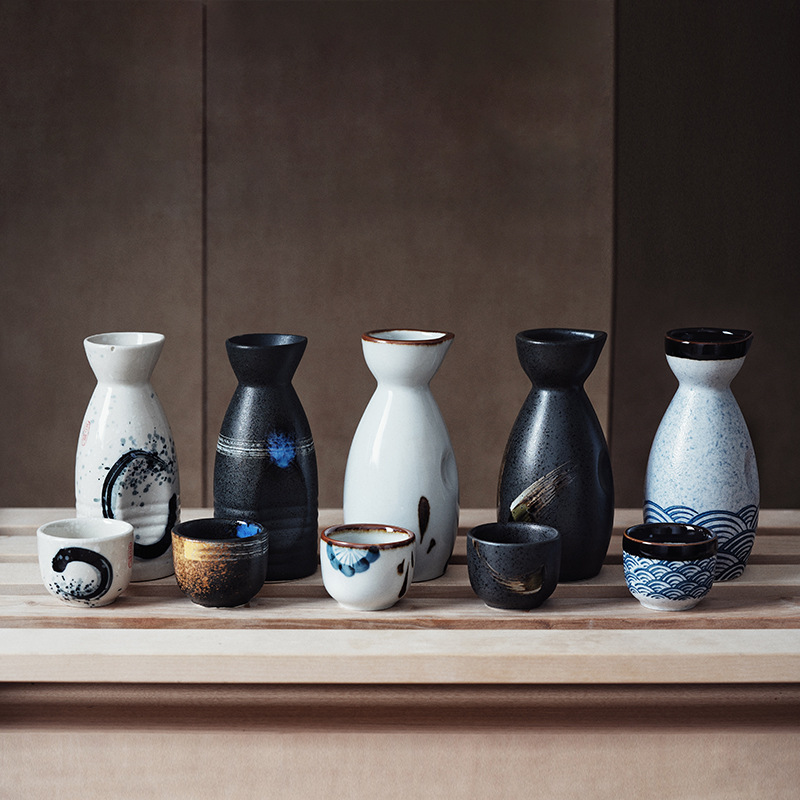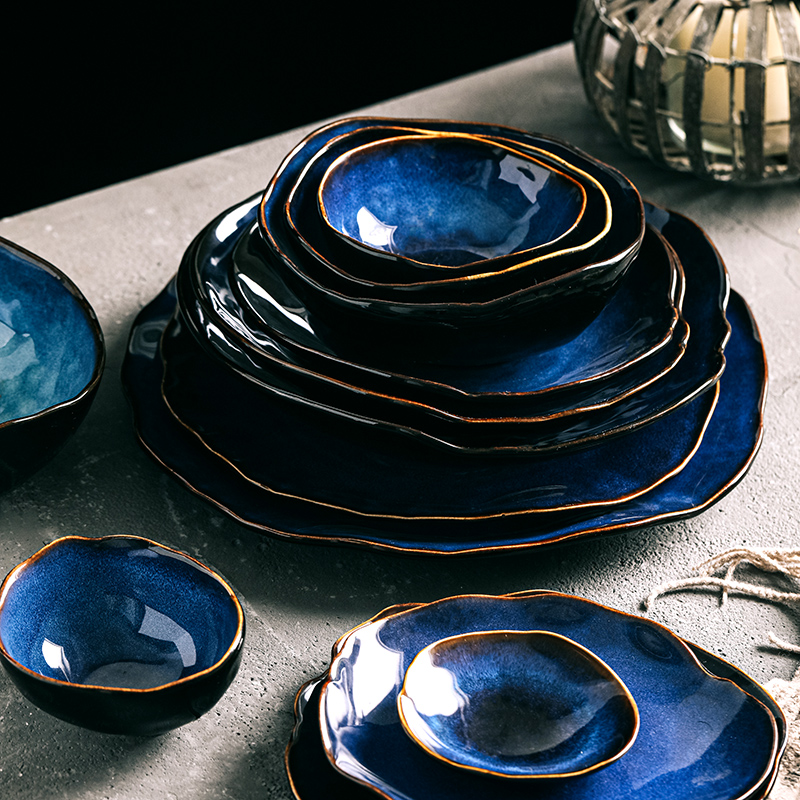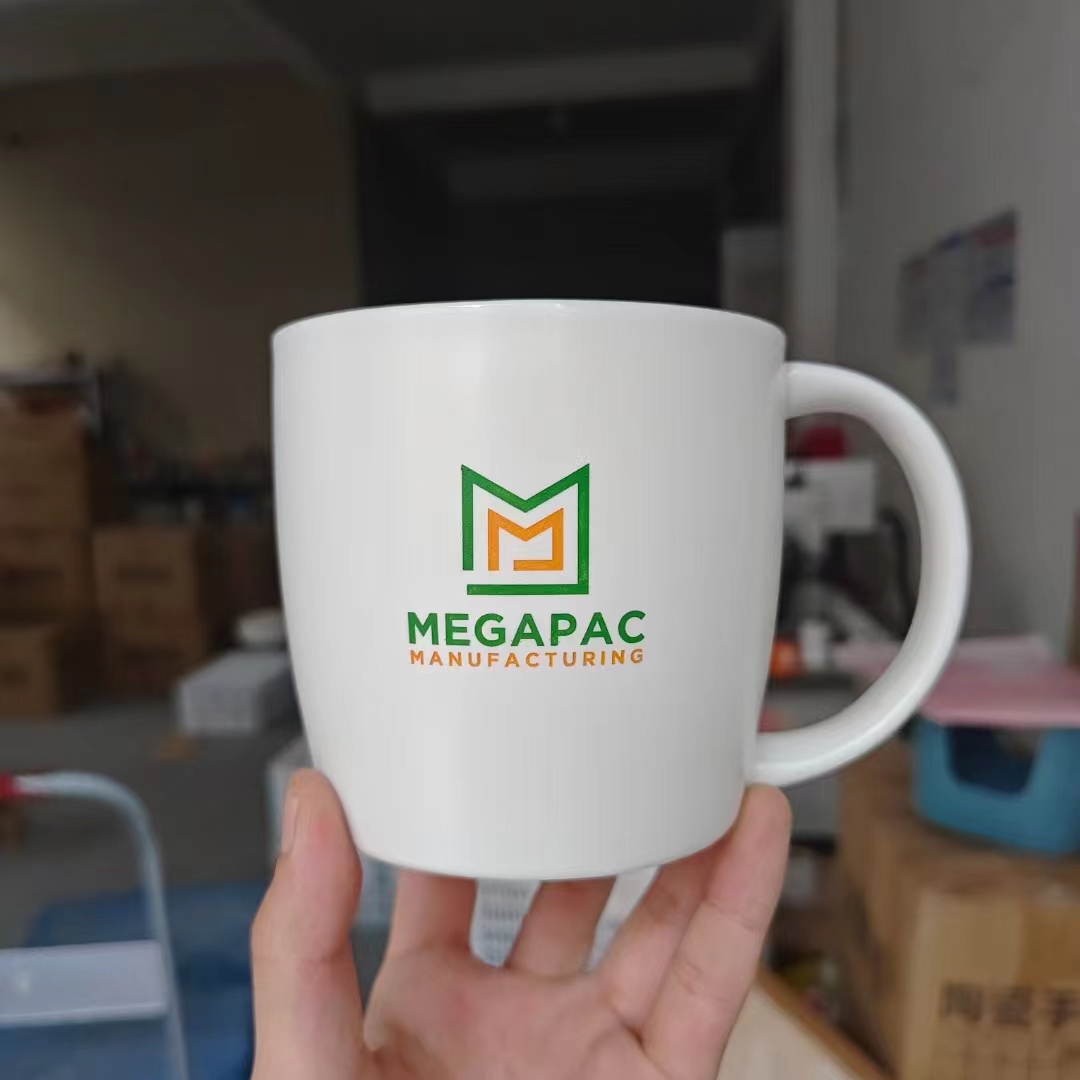Different types of coffee cup materials
You would not know the type of cup used for your daily brew can have a real impact on its flavor.
In this article, I’ll describe why material play into choosing which type of cup goes with which coffee. And each of these materials has its advantages and disadvantages, and you should consider this when deciding on a new coffee cup.
Ceramic Coffee Cups Advantages
It is resistant to high temperature and easy to clean, and the heat conduction is slow. It is not hot like pouring a hot water like a glass cup. The heat transfer of the ceramic cup is relatively slow. The ceramic cup is safe and corrosion resistant. Very good, as long as it is used properly, it can be used for many years. Of course, the ceramic cup has a relatively good thermal insulation effect in addition to material safety, and there are a series of numerous advantages such as environmental protection and pollution-free products!
Disadvantages
such as the poor sealing of ceramic cups, so the ceramic cups we usually see are mostly mug styles, and the ceramic cups are fragile, though It is better than a glass, but it is also very unsuccessful. These are also typical shortcomings of ceramic coffee mugs!
Glass cups
Doesn’t depart any smells or tangs to your coffee and can be recycled
There is just something satisfying about drinking coffee from a nice glass vessel.
Does not retain heat as well as ceramic mugs (but does quite well)
Hard plastics Coffee Cup
Often used to make recyclable coffee cups
Superb heat retention and durability
Might give your coffee an unpleasant smell or aftertaste
Hard plastics Coffee Cup
Often used to make recyclable coffee cups
Superb heat retention and durability
Might give your coffee an unpleasant smell or aftertaste
So what’s the best material? Ceramic or glass for home use; and steel or plastic for travellers. Easy. If you’re planning to get a coffee mug warmer, consider the material of the mug you’re getting.
 Japanese Style Sake Cup Sets with Pot
Japanese Style Sake Cup Sets with Pot
 Home Living for Ceramic Dinnerware Sets and Mugs
Home Living for Ceramic Dinnerware Sets and Mugs
 Colorful Laser Engraving Logos
Colorful Laser Engraving Logos

